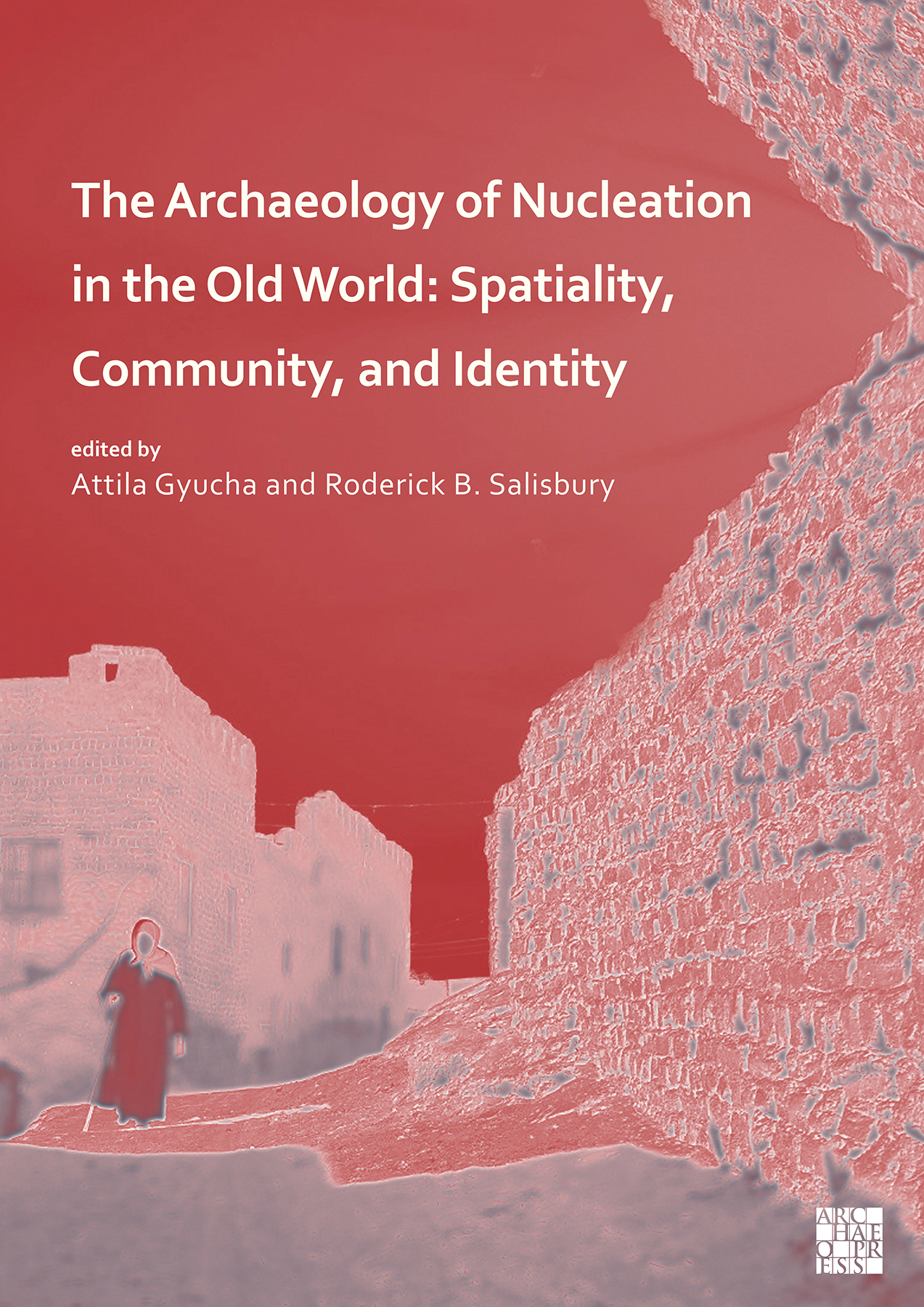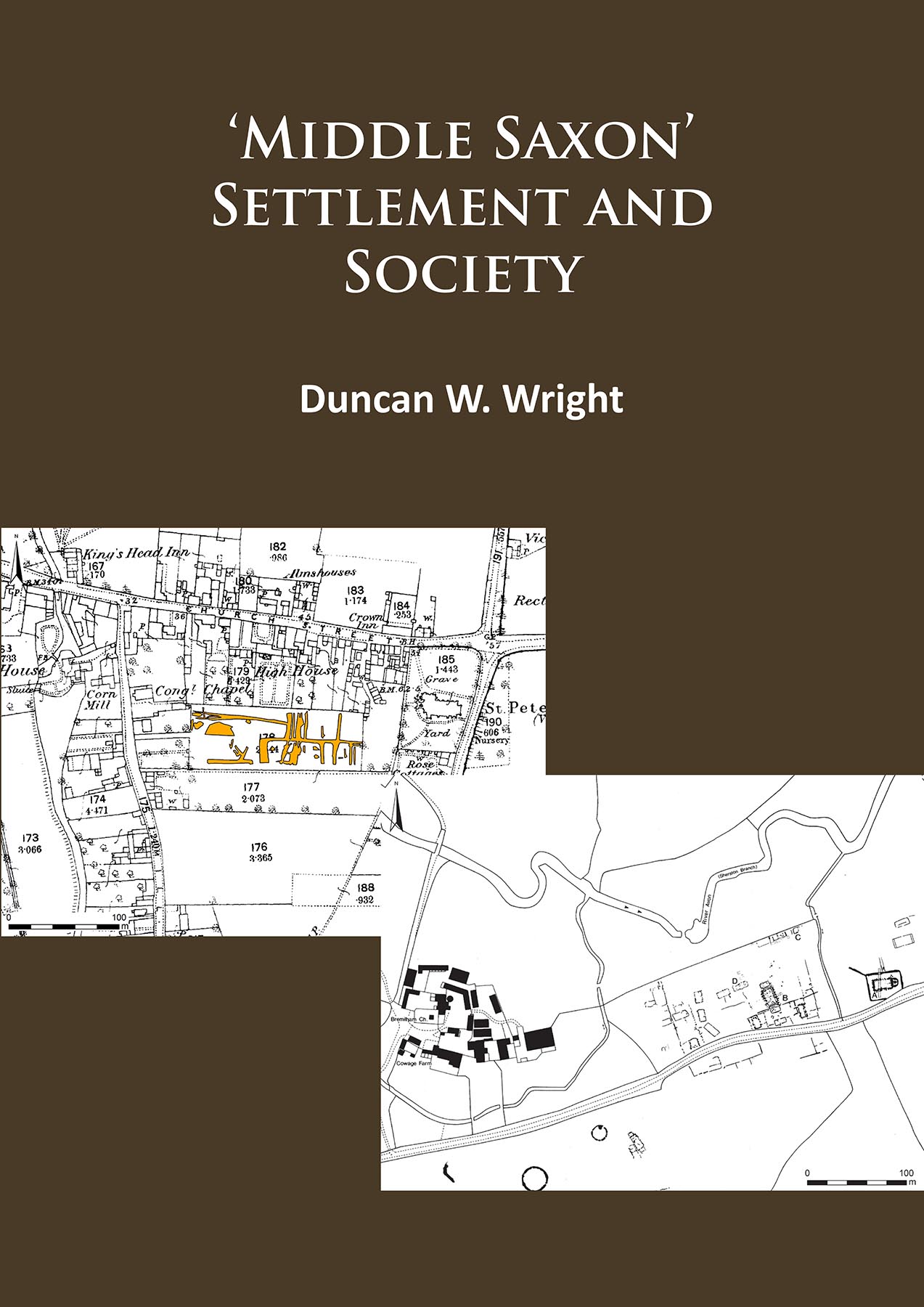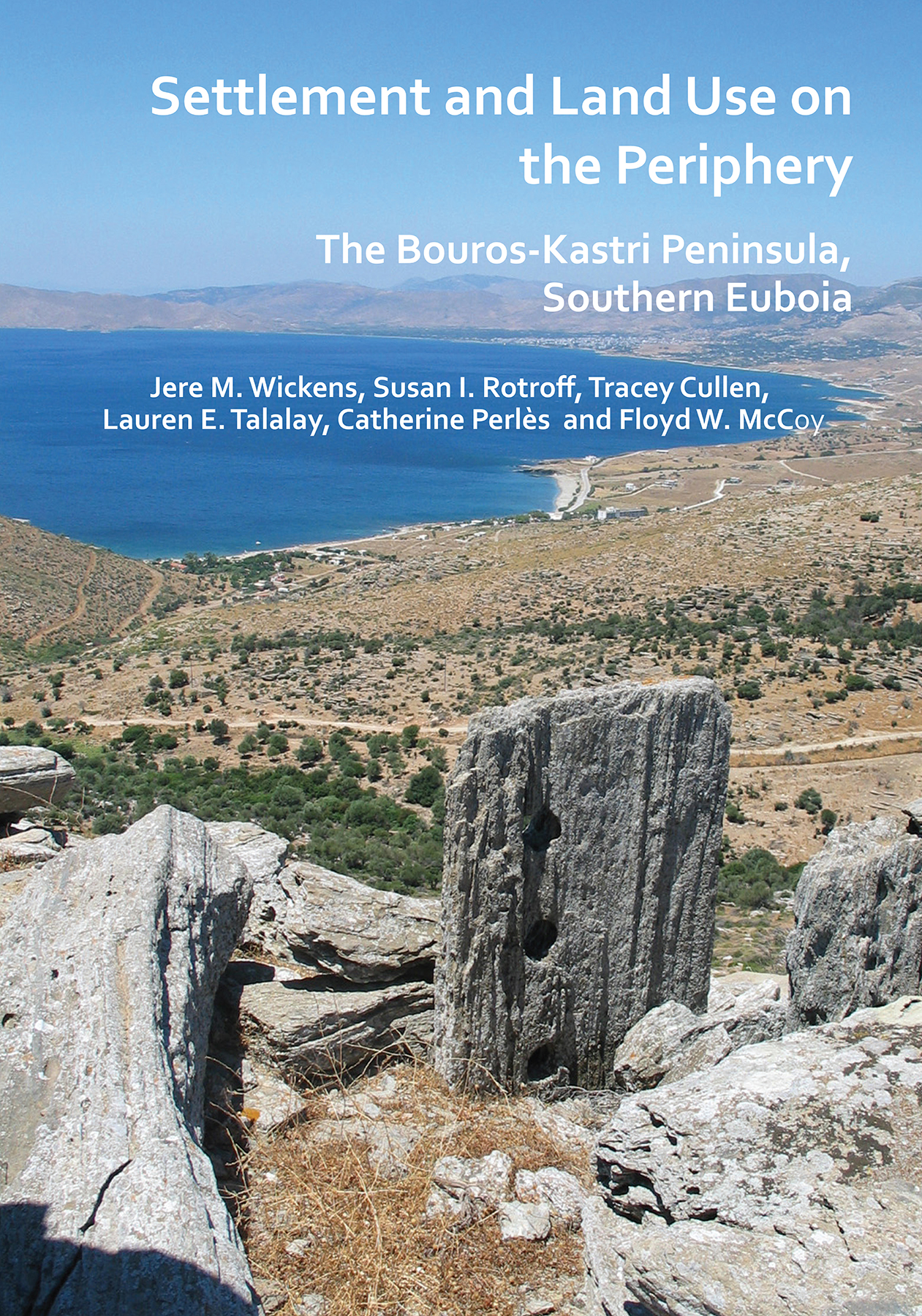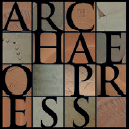
Publishing Scholarly Archaeology since 1997

Download Sample PDF
H 290 x W 205 mm
226 pages
74 figures, 17 tables (colour throughout)
Published May 2022
ISBN
Paperback: 9781803270906
Digital: 9781803270913
Keywords
Nucleation; Built environment; Community; Identity; Landscape
Related titles






The Archaeology of Nucleation in the Old World
Spatiality, Community, and Identity
Edited by Attila Gyucha, Roderick B. Salisbury
Fourteen papers take advantage of advances in archaeological methods and theory to explore the role of the built environment in expressing and shaping community organization and identity at prehistoric and historic nucleated settlements and early cities in the Old World.
Contents
Chapter 1: Nucleation as Social Process: Built Environment, Community Organization, and Identity.
An Introduction to the Volume – Attila Gyucha and Roderick B. Salisbury ;
Chapter 2: What Does Settlement Layout Tell Us About the Community? An Ethnoarchaeological Study – E. Nurcan Yalman ;
Chapter 3: From Sanctuaries to Towns: The Role of Religion in Early Urbanization – Manuel Fernández-Götz ;
Chapter 4: Activity Zones and Community Formation: The Role of Spatial Structure in
Early Nucleated Villages – Roderick B. Salisbury ;
Chapter 5: Population Aggregation and Social Transformations in Middle-Range Societies:
A Comparative Study of Neolithic Nucleated Settlements on the Great Hungarian Plain – Attila Gyucha ;
Chapter 6: Large Settlements of the Funnel Beaker Culture in Lesser Poland: Instruments of
Social Cohesion and Cultural Conversion – Marek Nowak, Klaus Cappenberg, Marta Korczyńska and Magdalena Moskal-del Hoyo ;
Chapter 7: Spatio-Demographic Structure and Social Organization: A Linear Trajectory or
Overlapping Trends? – Aleksandr Diachenko and Ezra B.W. Zubrow ;
Chapter 8: Sanctuaries and Settlements: Spatial Organization in the Nuragic Landscapes of
Sardinia – Ruth Beusing ;
Chapter 9: Settlement Mounds, Identity, and Continuity in the Settlement Organization of
Iron Age Jutland – Niels Haue ;
Chapter 10: Multilinear Settlement Development and Nucleation during the Early Iron Age in
Southwestern Jutland, Denmark – Niels Algreen Møller and Scott Robert Dollar ;
Chapter 11: Nucleated Settlements as Assemblages: A Regional Network Approach to
Built Environments – Francesca Fulminante ;
Chapter 12: Landscape as Metaphor: Burial Monuments and ‘Landscapes of Power’ in
Late Iron Age Britain – Karolis Minkevičius ;
Chapter 13: Kernavė Town in the 13th and 14th Centuries: Social and Cultural Patterns of
Community – Rokas Vengalis and Gintautas Vėlius ;
Chapter 14: The Creation and Maintenance of Powerful Places in Etruria – Simon Stoddart ;
Index
About the Author
Attila Gyucha received his PhD from the Eötvös Loránd University (Budapest) in 2010. He is Assistant Professor in the Department of Anthropology at the University of Georgia (USA). Gyucha studies the evolution of nucleated settlements from a cross-cultural perspective and is the editor of Coming Together: Comparative Approaches to Population Aggregation and Early Urbanization (2019). As the co-director of the Körös Regional Archaeological Project, his field projects explore early farming societies on the Great Hungarian Plain. ;Roderick B. Salisbury received his PhD from the University of Buffalo (SUNY) in 2010. He is a Postdoctoral Fellow in the Austrian Archaeological Institute (ÖAI) of the Austrian Academy of Sciences. His research focuses on human-environmental interactions and takes a comparative approach to the spatial and social organization of settlements. He is co-director of the Neolithic Archaeological Soilscapes Körös Area project and Vice-Chair of the Editorial Board of the journal Interdisciplinaria Archaeologica.

 Add to wishlist
Add to wishlist
